Welcome to Bharat Bhraman Life! Today, we’re incredibly excited to bring you an exclusive interview with Daniel Kordan, a name synonymous with breathtaking landscape and travel photography. Daniel’s work transcends mere snapshots; he masterfully captures the essence of light, form, and emotion in some of the world’s most remote and beautiful locations. From the ethereal ice sculptures of Greenland to the pulsating firefly displays in Japan, his images tell stories of profound connection with nature and culture.
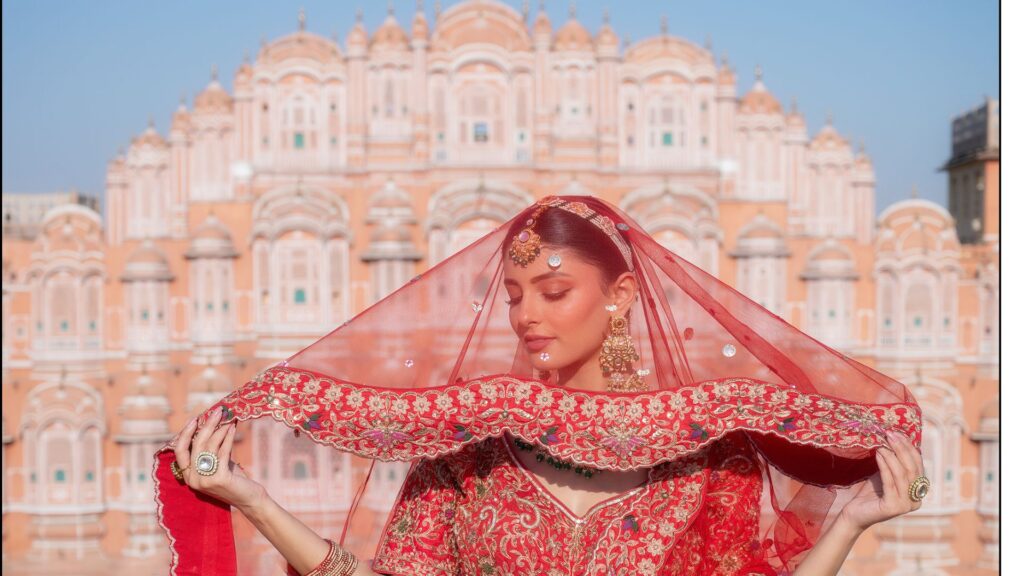
In this in-depth conversation, Daniel shares insights into his journey as a full-time traveler and photographer, his unique approach to composition and light, and the meticulous planning that goes into his awe-inspiring expeditions. He also offers invaluable advice for aspiring travelers and photographers, emphasizing the importance of patience, observation, and respect.
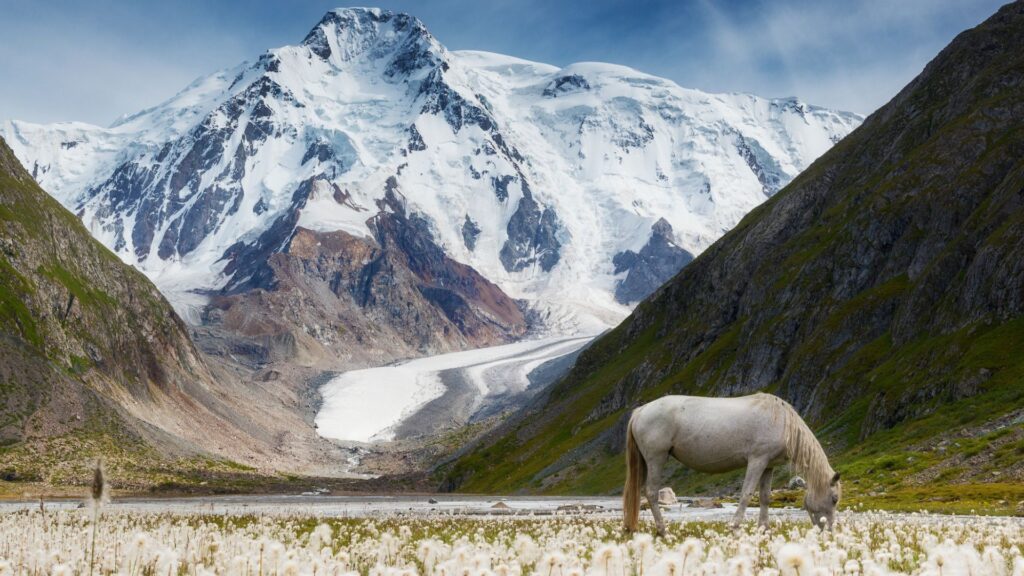
Join us as we dive into the world of Daniel Kordan, exploring his philosophy, memorable experiences, and the gear that accompanies him on his incredible adventures.
About You & Your Journey
Can you tell us a little about yourself and how you started your journey as a traveler? I’m a full-time landscape photographer based in Bali. I spend around 9–10 months a year on the road, guiding workshops, shooting long-term projects, and exploring new locations with a strong focus on light and composition. My journey didn’t begin with a sudden desire to travel—it started from a deeper interest in how light transforms landscapes and how photography can be used as a tool to capture structure, mood, and balance in nature. I have a background in both science and art, which shaped my process: science helps with problem-solving and logistics, while art gives me the foundation for composition. I began shooting in my free time, gradually leading tours and building systems for travel that would allow me to be in the right place at the right time—not just geographically, but atmospherically.
Subscribe his Newsletter to get news about upcoming workshops.
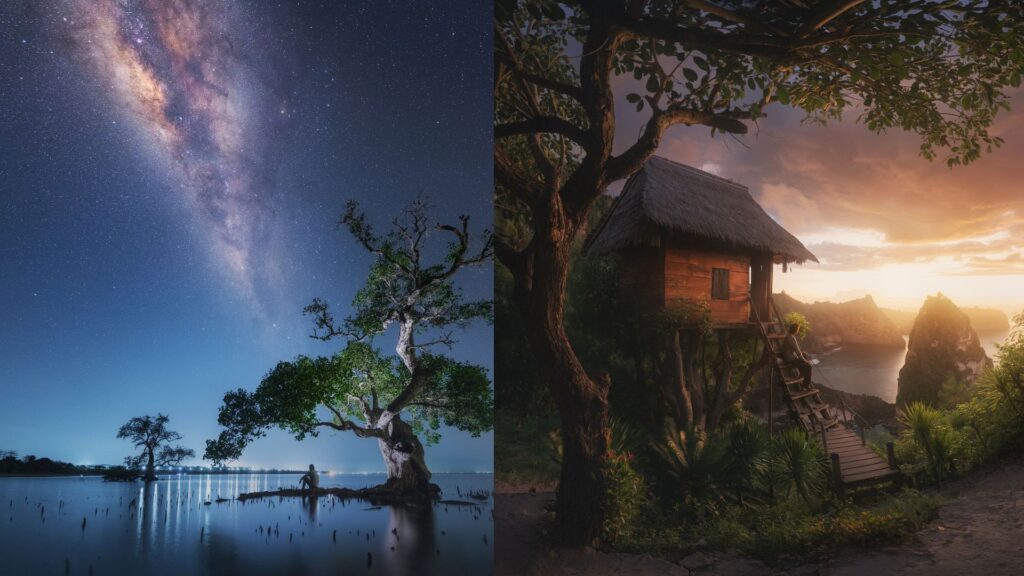
What inspired you to become a full-time traveler, and when did it all begin? It began when I realized that in order to consistently create meaningful work, I had to build my lifestyle around nature and traditional cultures. A fixed lifestyle didn’t offer that flexibility. Over time, as I developed more control over the calendar and combined it with income from workshops and commercial projects, I was able to turn photography into a full-time pursuit. The inspiration wasn’t about “travel” in the romantic sense—it was about creating a workflow that aligned with how nature actually works.
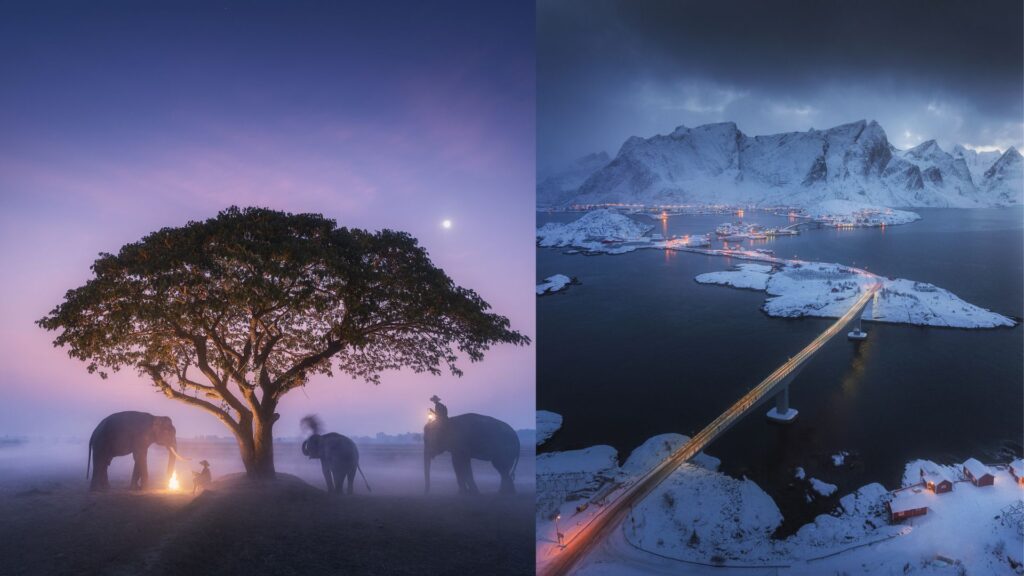
How did the name “Daniel Kordan” come into existence? It’s simply my real name, but over time it’s become associated with a particular photographic style—clean, natural, well-balanced compositions built around subtle color, structure, and atmosphere. I don’t chase trends or use heavy post-processing. I’d rather spend more time on location planning light and structure than trying to “fix” images later.
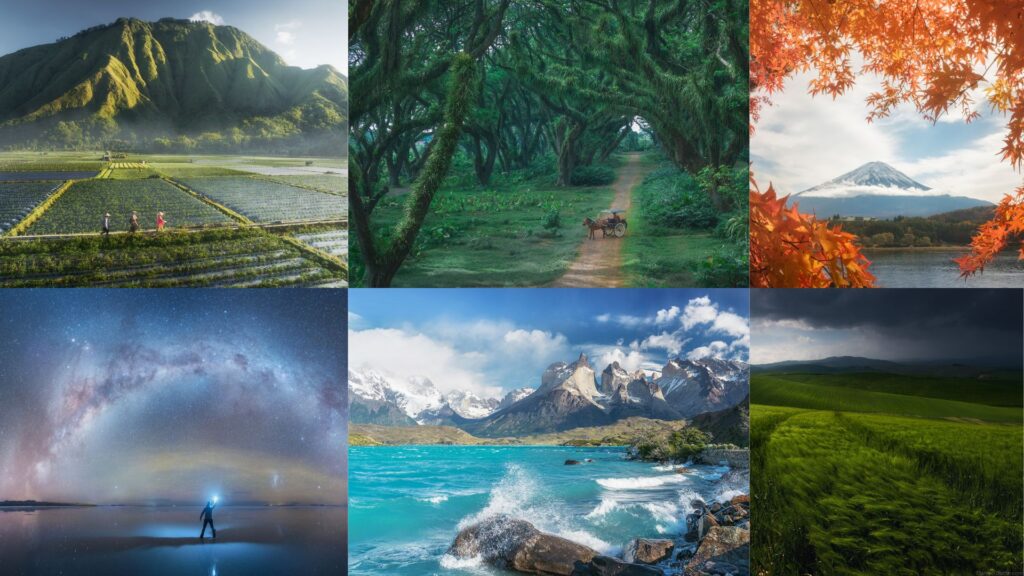
Was there a turning point in your life that led you to choose travel over a conventional lifestyle? It wasn’t a single dramatic moment—more a realization that to improve as a photographer, I needed to control my environment. When I started prioritizing light and composition above everything else—vacation timing, convenience, routine—I started seeing real growth in my work. That shift in mindset was the real turning point. The lifestyle followed naturally once I built systems to support it.
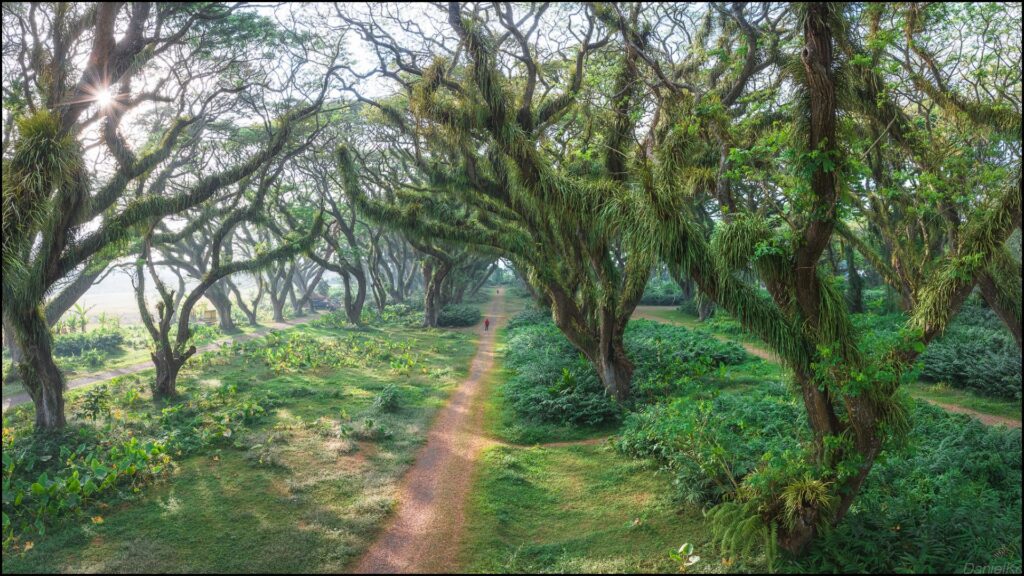
Travel Experiences
How many countries or regions have you explored so far? Over 120 countries, across all continents. But more importantly, I revisit key regions again and again. I don’t collect countries—I study them. The same fjord, desert, or volcano can produce dramatically different results depending on time of year, time of day, weather, or solar angle. I prefer to go deep rather than wide—returning to Greenland, Japan, Namibia, Patagonia, and Indonesia regularly to work with seasonal changes and refine compositions.
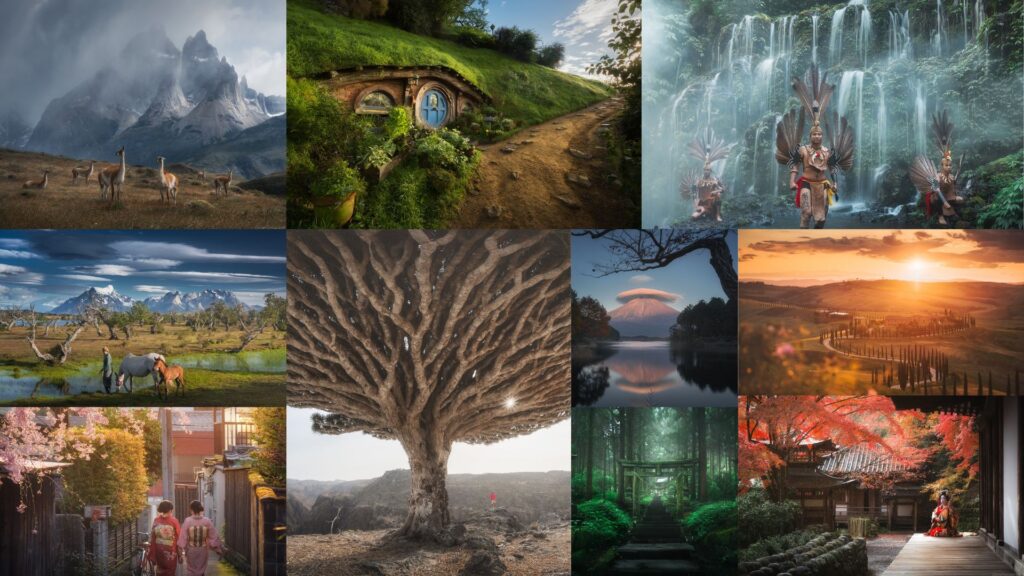
Which place has left the most lasting impression on you and why? Greenland. It’s the purest place to study light and shape. The landscape is minimal—ice, water, sky—but also dynamic. Every iceberg is a unique sculpture, and light in the Arctic behaves differently depending on the season and angle. There’s no visual clutter, so you’re forced to simplify your frame and focus on mood, balance, and layering. It’s where I truly learned how to compose with intention. Indonesia which is my new home.
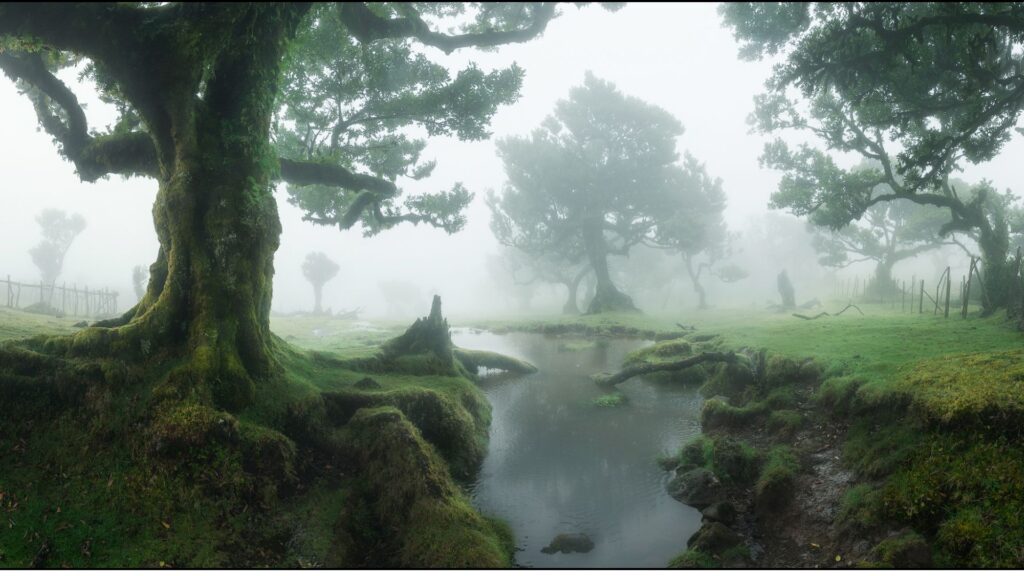
What’s the most memorable experience or moment from your travels? I don’t think in terms of one-time moments. What stays with me is when everything aligns: the planning, the light, the subject, the conditions. That could be a red sailboat passing through fog in Greenland, or a single tree glowing in morning mist in Japan. The power of those moments comes from discipline, not luck. That’s what the makes them memorable.
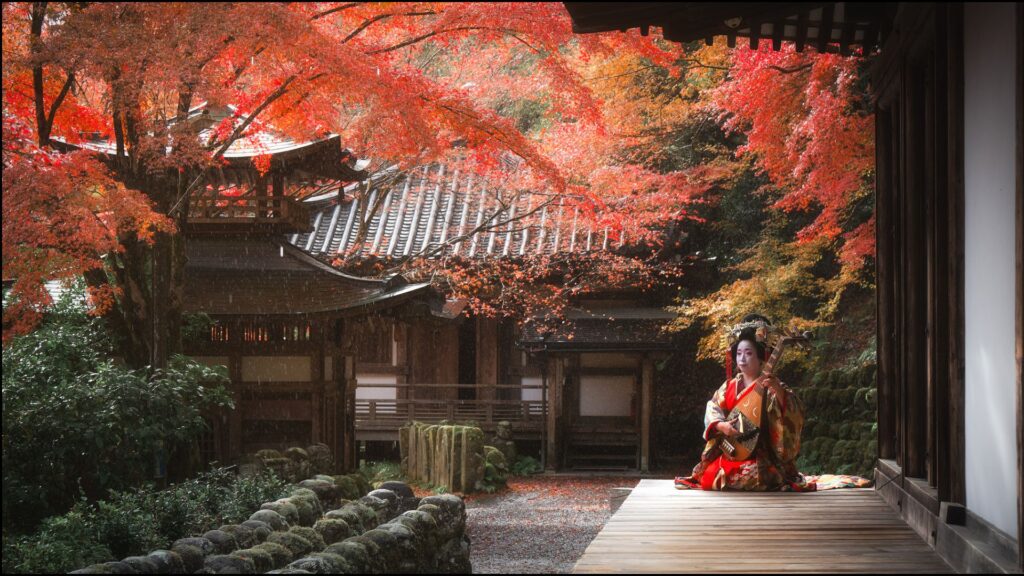
Photographing Fireflies in Japan: A Study in Light, Patience, and Timing
Among all the phenomena I’ve witnessed in nature, the synchronous firefly displays in Japan remain one of the most surreal—both technically challenging and emotionally rewarding to photograph. It’s a fleeting experience, one that lasts only a few weeks per year in specific regions, requiring precise planning, local knowledge, and patience. I traveled to Kyushu, Japan’s southwestern island, specifically to photograph these fireflies in early summer—timing the trip around the peak of their short mating season.
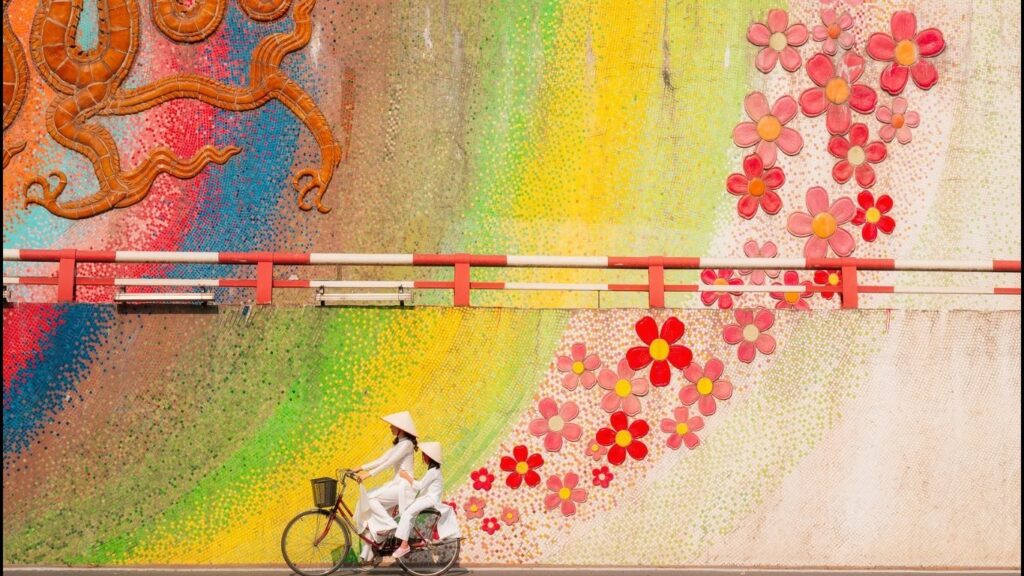
As with many of my projects, I approached it not as a one-off shoot but as a carefully structured expedition. Fireflies are highly sensitive to environmental conditions. You need high humidity, warm temperatures, no rain, and windless nights. Even a slight shift in weather can mean zero activity. The fireflies I photographed—particularly the hime-botaru species—are known for their short, bright flashes and their rhythmic synchronicity, creating a pulsating rhythm of light deep within the forest.
To make this work, I collaborated with local guides who had intimate knowledge of the fireflies’ habitats. We scouted several forest areas during the day—looking for clean water sources, patches of moss, soft leaf cover, and a relatively enclosed tree canopy that would allow for a layered composition. Most importantly, we checked that the forest was away from artificial light pollution. The location we selected was nestled in the mountains, where bamboo forests and Japanese cedar trees created a naturally dark, humid microclimate.
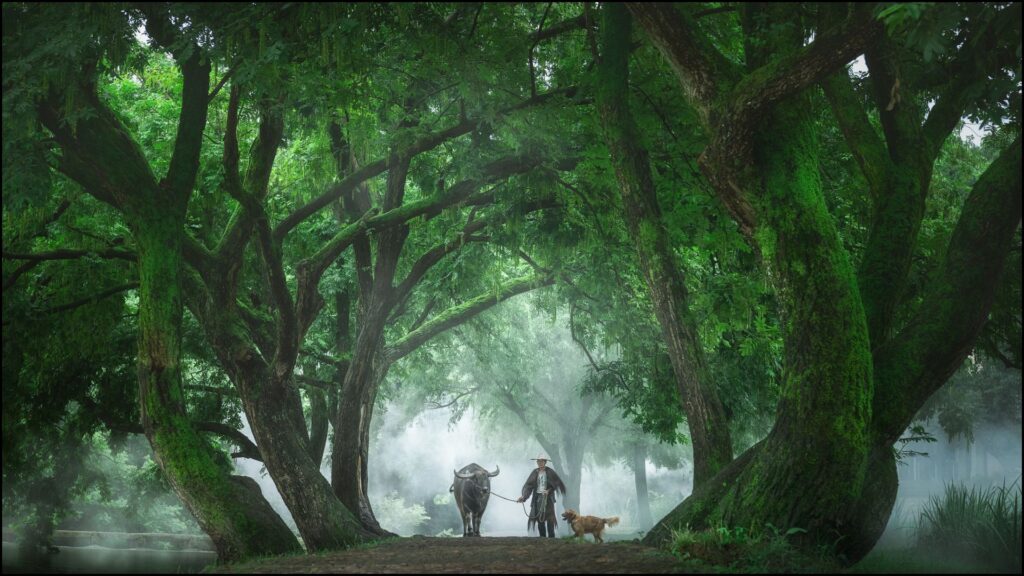
I set up well before dusk. Fireflies are extremely sensitive to motion and light, so after sunset you can’t move around or adjust your tripod. You need to plan everything in advance. I composed the shot with foreground structure in mind—leading tree trunks, a subtle path, or layering of mossy stones that could create a sense of depth once the lights began to appear. I used fast prime lenses (f/1.4 or f/2.0), wide open, and set long exposure times of 20–30 seconds. Then I locked the composition and waited.
The shoot itself involves capturing hundreds of frames over 1–2 hours—every flash of a firefly recorded as a tiny point of light in the frame. Later in post-processing, I carefully stack these exposures to create a composite that reflects the cumulative effect of standing there in complete silence, watching thousands of fireflies pulse in slow motion around you. I avoid altering the colors or intensity—my goal is to replicate the real visual density and spatial layering you’d perceive with your eyes adjusted to darkness.
Unlike a single-frame photo, these images are records of time as much as space. What I find most fascinating is how photography becomes the only way to express the actual scale of the event. Your eyes catch glimpses of movement, but the sensor captures patterns—revealing the almost mathematical beauty of the fireflies’ synchronous rhythm.
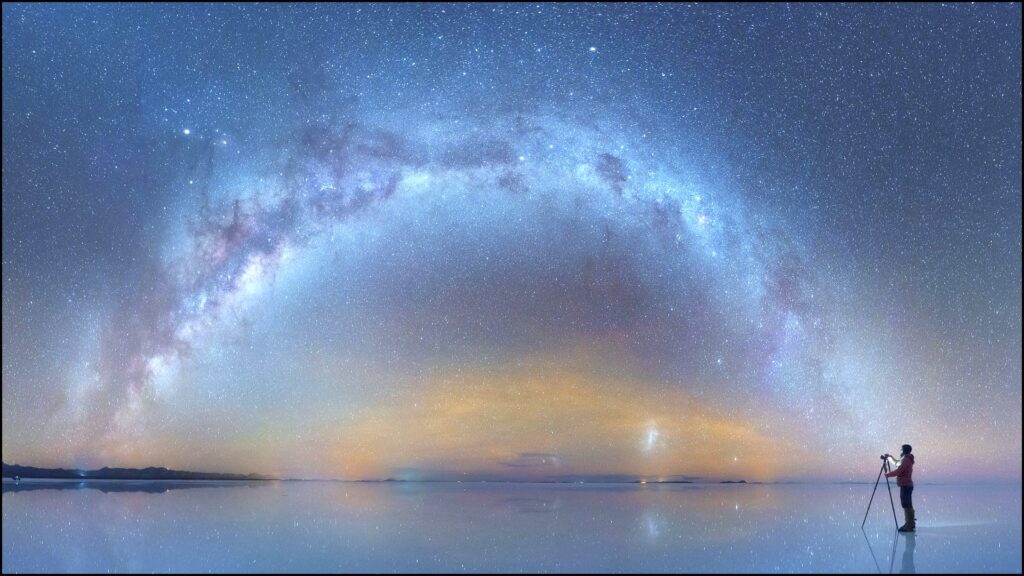
Photographing fireflies in Japan isn’t just about getting a magical image. It’s about slowing down and syncing with nature’s pace. You can’t force it. You can only prepare—study the weather, learn the species’ behavior, understand the terrain—and then wait. The forest teaches you patience, and in return, it gives you one of the most subtle and enchanting light shows you’ll ever see.
This wasn’t just another shot for my portfolio. It was a study in restraint, rhythm, and atmosphere—qualities I continue to apply across my landscape work.
Have you faced any life-threatening or extremely challenging situations while traveling? Nothing life-threatening, because I plan trips with high attention to risk and redundancy. I work with experienced local guides when needed, build in buffer days for weather, and always carry backup gear. The most common challenges are logistical—missed flights, gear delays, sudden weather shifts—but they’re manageable if you prepare properly. I always run field plans with multiple exit strategies.

How do you manage cultural and language differences in new countries? By showing respect, patience, and curiosity. I always do basic research before entering a new culture—understanding what’s appropriate visually and socially. I also work with local guides when interacting with communities, especially in remote villages. If I photograph someone, I always ask or gesture for permission, and I try to give something back—whether it’s a shared image or a respectful interaction. Connection is more important than the image itself.
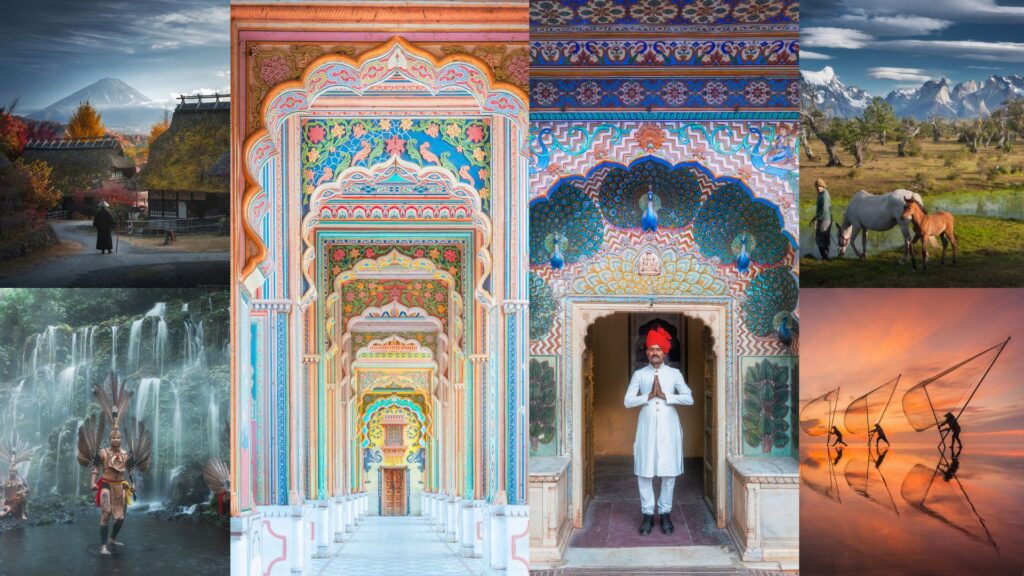
How do you deal with homesickness or long periods away from family? I create structure. I take breaks between expeditions and reset in Bali, where I live. I also pace my workshop calendar so it doesn’t burn me out. I’m not constantly moving—I’m moving with purpose. Regular communication and setting up a sustainable schedule help me stay grounded while traveling.
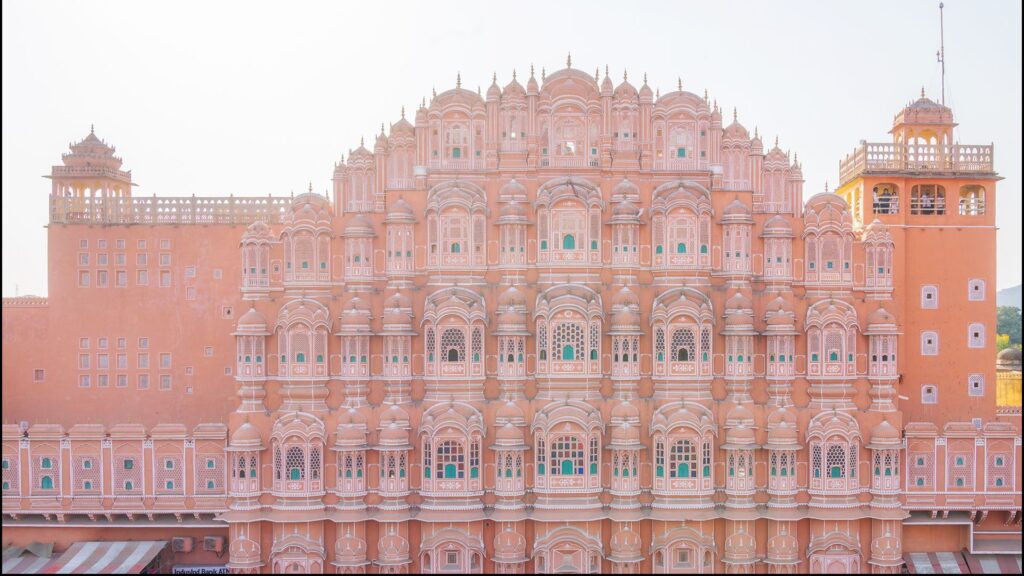
Budgeting & Planning
How do you plan your travel routes, especially for long-term travel? Everything starts with a weather and light forecast. I check cloud probabilities, aurora activity, moon phases, wind conditions, and historical weather trends. From there, I choose the region, then map micro-locations within a 1–2 hour driving radius to cover multiple compositions. I use apps like PhotoPills, Windy, and Google Earth for precise planning. Then I build a day-by-day framework with flexibility for weather delays. My routes are based on light, not landmarks.

What is your budgeting strategy for international travel? I spend on what affects the outcome: transport access (boats, helicopters, 4x4s), good local guides, and backup gear. I save on things like accommodations, which can be simple if I’m in the field all day anyway. I also travel with compact gear to avoid excess baggage fees. I plan budgets seasonally—estimating the average cost per expedition and splitting that across commercial, workshop, and personal production.
Do you follow a fixed itinerary or travel spontaneously? I always have a structured plan with fixed core objectives, but within that I allow for flexibility. If weather shifts, I can rearrange days or switch locations on short notice. I plan with a framework—not a script. The more prepared I am, the more flexible I can be. My itineraries always include backup shots and alternate angles within close range.
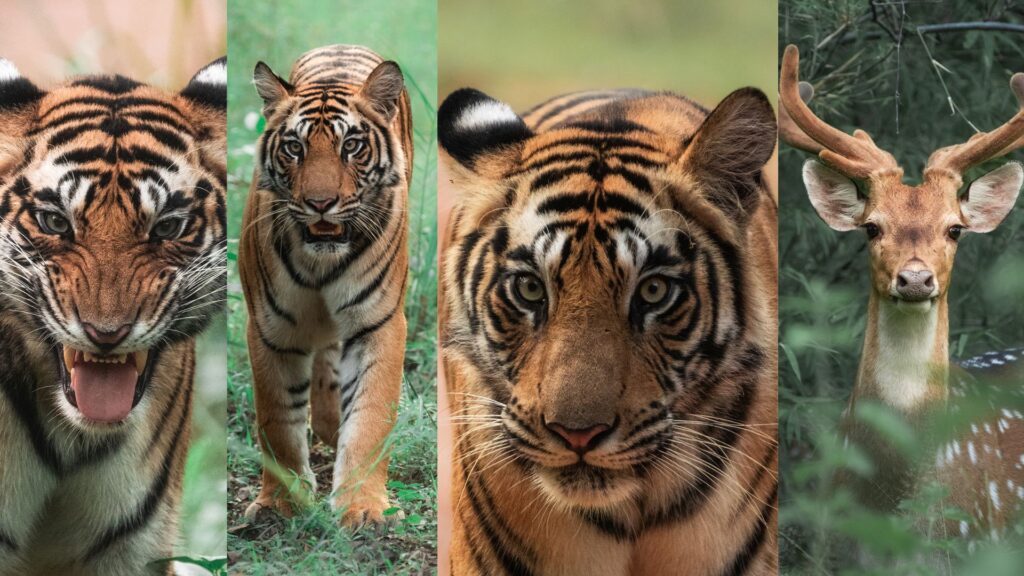
How do you manage visas, permits, and documents on such long journeys? I handle permits well in advance, especially in regions like Tibet, Bhutan, or Svalbard. I carry physical copies of all documents and store digital scans on encrypted cloud storage and on my phone. For long trips, I use a spreadsheet to track visa timelines, insurance, and entry requirements. Having a good fixer or logistics partner in each region helps avoid surprises. We have a tour company and office so my experience mangers help me a lot too!
Content Creation & Social Media
When did you start creating content for YouTube and other platforms? I focused first on building strong photographic work and a consistent visual language. Only then did I expand into content creation—sharing BTS, tips, and short clips of my travels on platforms like Instagram and YouTube. My goal was never just to go viral—it was to offer useful, honest insight into the process behind the images.
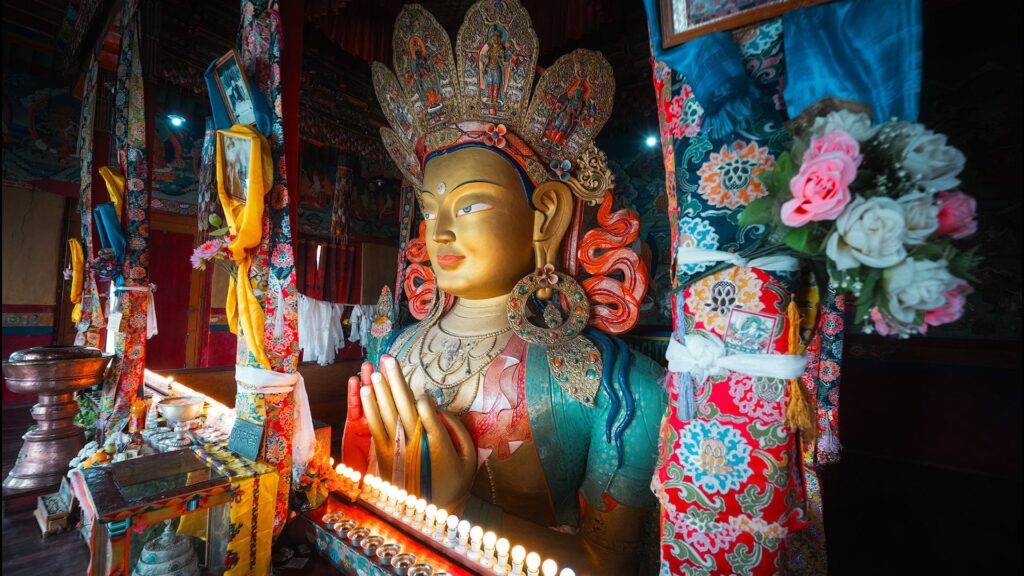
How do you balance traveling with content creation and editing? By staying organized. I have a daily backup routine—import, rate, sort, and duplicate files across SSDs. I edit lightly on the road in Lightroom and Photoshop, then finalize on calibrated monitors when I’m back in Bali. I also schedule content in batches during rest days, and keep a running archive of high-priority edits for commercial and editorial use. I treat content creation as part of the creative process—not as an afterthought or as the goal. Remember consistency is the key.
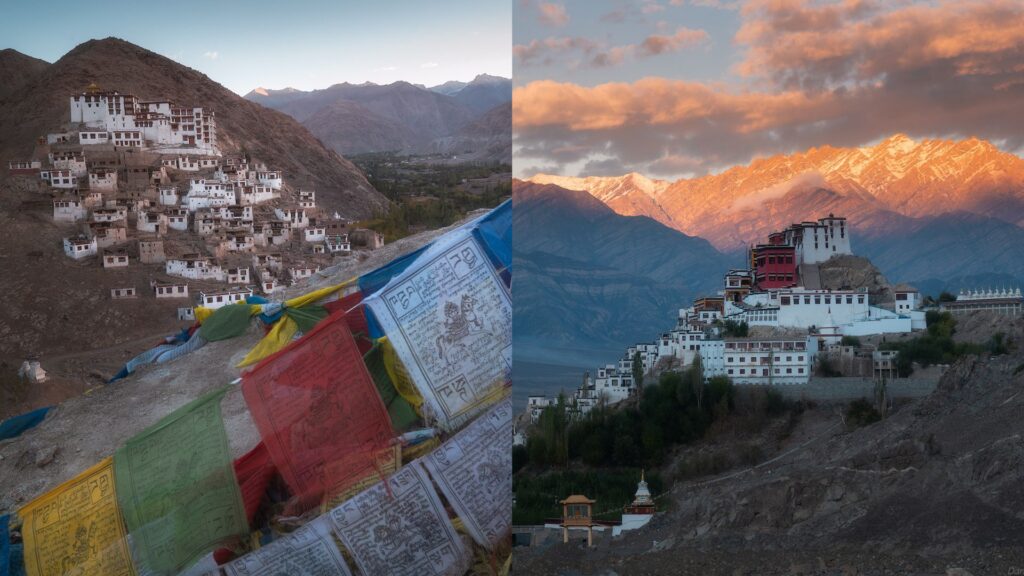
What has been the most viewed or viral content from your journey so far? Images of Greenland’s red sailboats navigating the fog have been among the most viral, because they combine mood, simplicity, and storytelling in a single frame. These images work because the composition is strong without needing explanation. They’re the result of years of scouting and refining—not random shots. Japan fireflies, Indonesia Dayak tribes, flower woman at Mekong River delta in Vietnam etc.
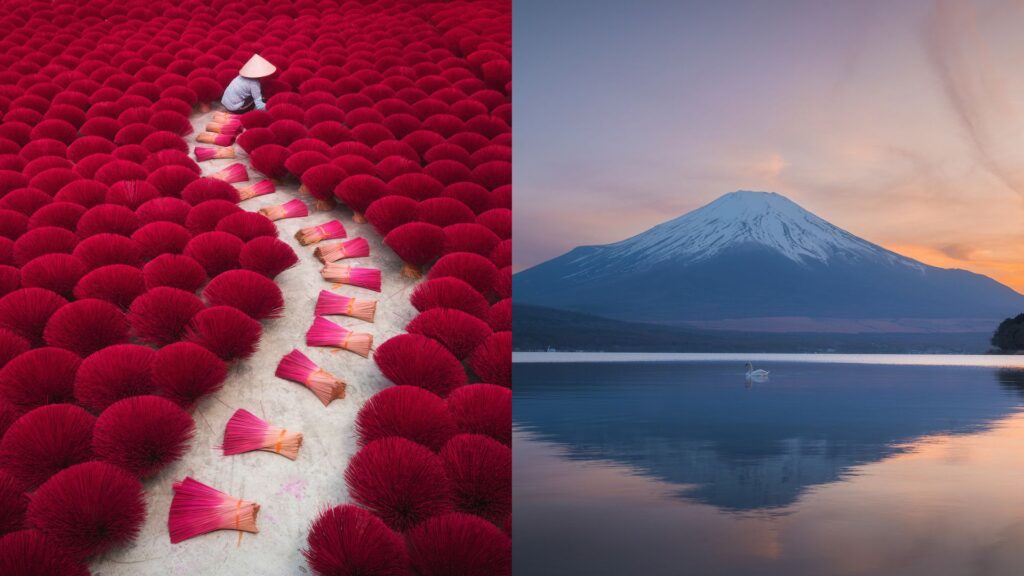
How do you deal with internet and equipment limitations while traveling in remote areas? I carry multiple SSDs, one always on me, one in my luggage, and another in a secure location. I download everything daily and back up before moving locations. For internet, I use local SIMs, portable routers, or satellite connections like Starlink small terminal depending on the location. Uploading can wait—I prioritize data integrity and editing efficiency in the field.

Camera I use only 24-120 mm NIKKOR one lens if it’s very limited.
Travel Tips & Recommendations
What are your top 3 tips for beginner travelers?
- Don’t chase locations—chase light. Learn how light behaves in different conditions and seasons. You’ll get better photos in average places with great light than in famous places with harsh midday sun. Explore your backyard.
- Keep your gear minimal. Two to three lenses are enough: a wide, a standard zoom, and a telephoto. Invest in knowing your tools, not in carrying every possible focal length. 3 lenses and f4 when Astro not necessary.
- Plan around conditions, not convenience. Use apps like PhotoPills and Windy to match your travel days with clear skies, fog, or sunrise/sunset alignment. That’s where the strongest compositions happen—not by chance.
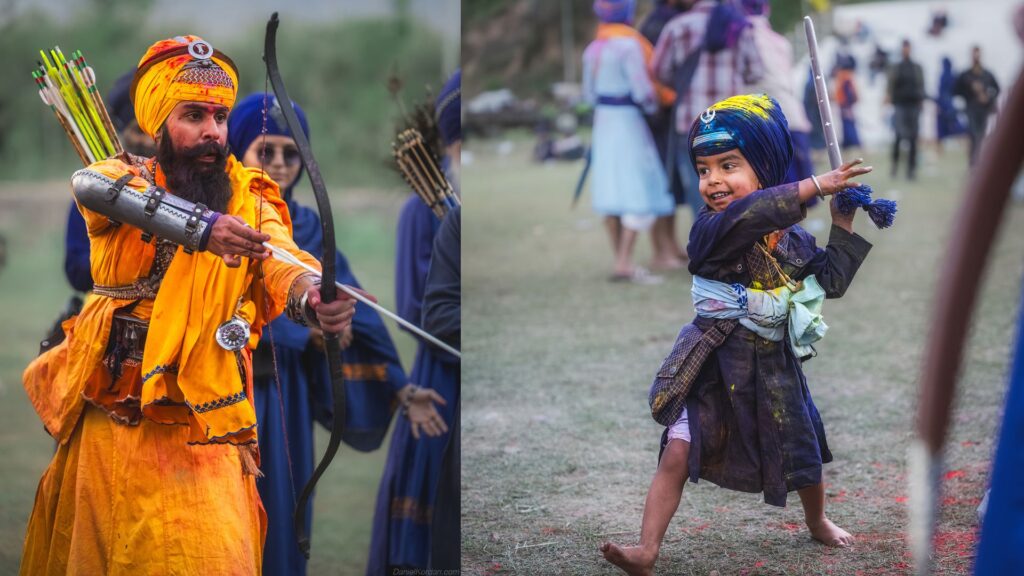
How do you stay safe while traveling solo across different countries? I study each region in advance—local laws, entry points, road conditions, and emergency contacts. I avoid traveling alone in high-risk terrain or politically unstable regions and always share my itinerary with someone. I carry insurance that covers both health and gear, and I maintain basic field safety kits: emergency beacon, satellite communicator in remote zones, and backup power sources. Staying low-profile, respectful, and informed is key. Besides, the biggest thing is to have a knowledgeable local guide.
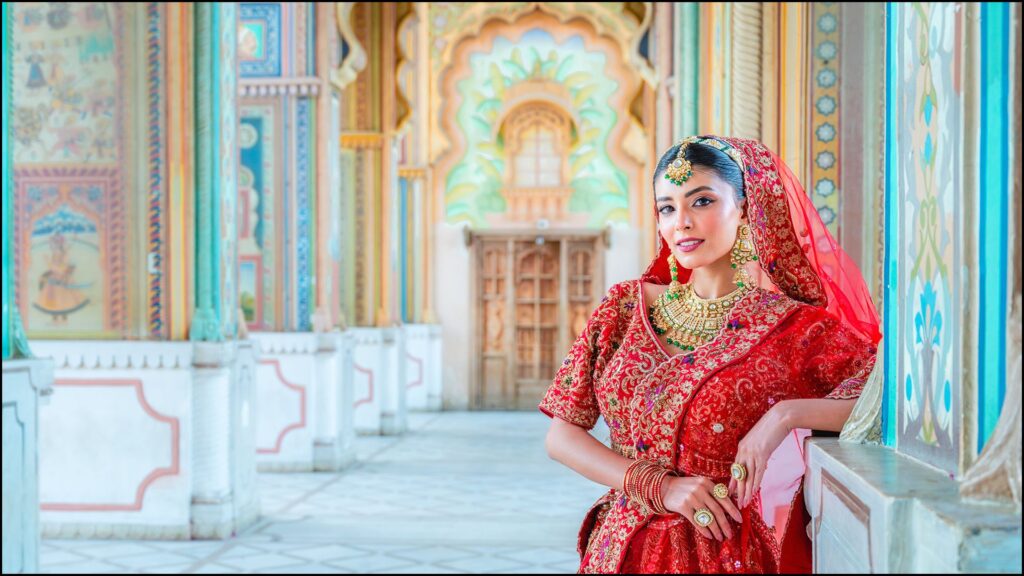
What are some essentials you always carry in your backpack? Camera body and 2–3 lenses, tripod, polarizer and ND filters, microfiber cloths, 2–3 extra batteries, SD cards, SSD drive, universal adapter, rain cover, gloves, headlamp, phone with offline maps, and a lightweight weatherproof jacket. I also bring electrolyte tablets and compact first aid—because altitude and dehydration can creep in even in non-extreme places.
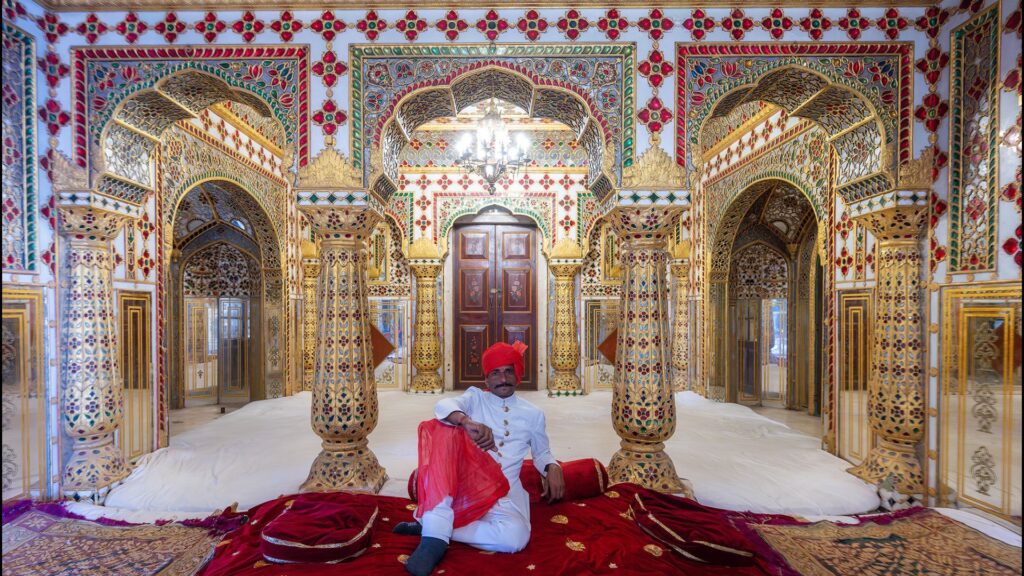
1. Cameras & Lenses
- Primary Body: Nikon Z 8
- Secondary Body: Nikon D810
- Ultra-Wide: Nikkor 14–24 mm f/2.8
- Standard Zoom: Nikkor 24–70 mm f/2.8
- Long Tele: Nikkor 100–400 mm f/4.5–5.6
2. Stabilization
- Carbon-fiber travel tripod with quick-release ball head
- Monopod foot-plate permanently attached to the 100–400 mm for fast handheld support
3. Drone
- DJI Mavic 4 + controller
- Spare propellers (×4)
- ND filter kit on the gimbal guard
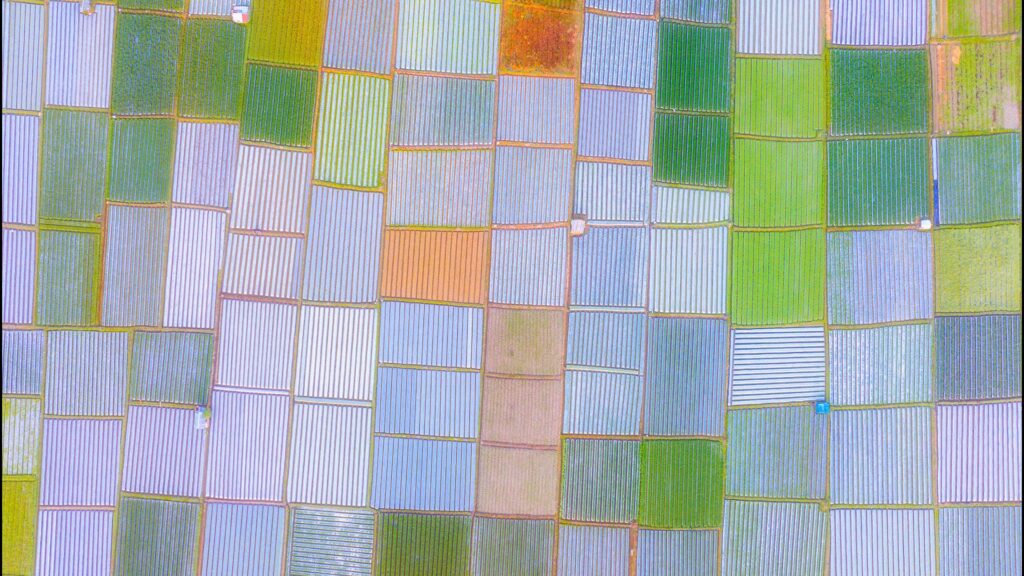
4. Power & Storage
- 4× spare camera batteries (2 in use, 2 charging)
- 10,000 mAh USB-C power bank + extra USB-C cable nitecore
- High-speed CFexpress & XQD cards in protective case
- 1 TB portable SSD + short USB-C cable
5. Protection & Cleaning
- Weather-sealed backpack with built-in rain cover
- Neoprene sleeves for each lens
- Microfiber cloth, lens-cleaning solution, air blower
- Silica-gel packs
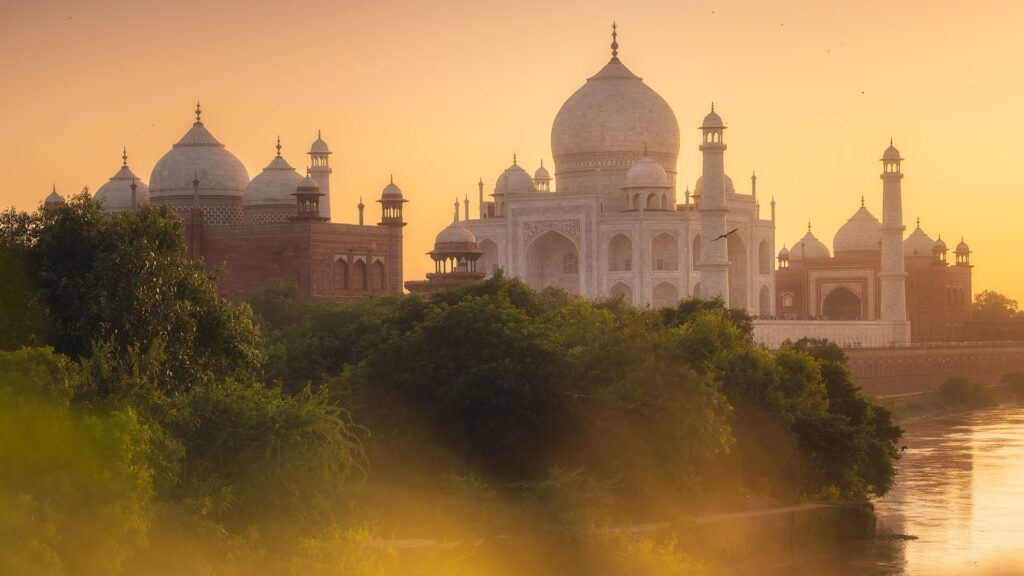
6. Field Essentials
- Reusable water bottle
- 2× energy bars or trail mix
- Compact first-aid kit (bandages, antiseptic wipes, blister pads)
- Sunscreen stick & travel-size insect repellent
- Headlamp with red-light mode
7. Navigation & Notes
- Smartphone with offline maps and GPS logging app – maps.me for offline
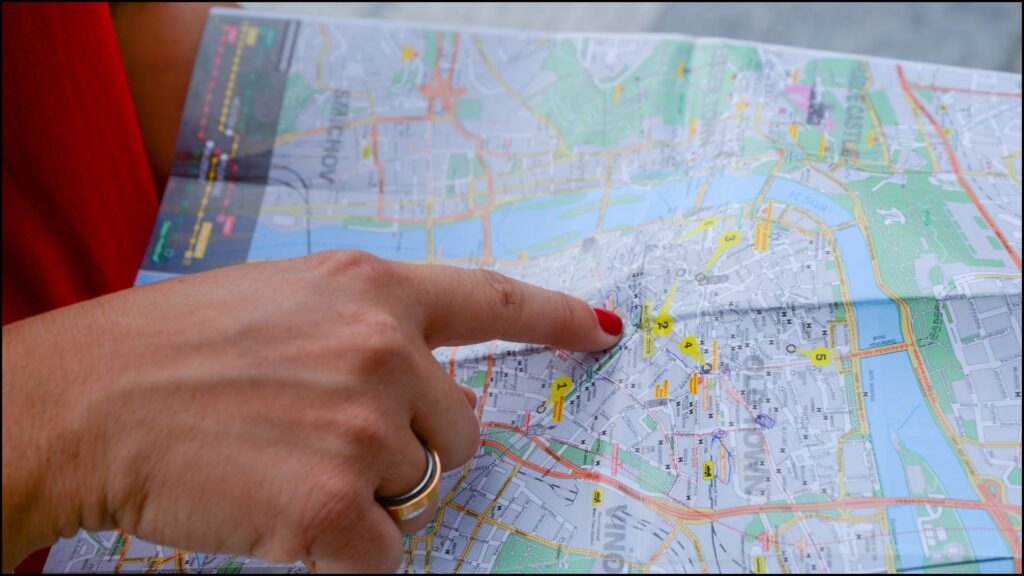
Have you ever visited India? Yes, I’ve visited India and it’s one of the most visually rich countries to photograph. The diversity of culture, light, and landscapes is incredible—from the Himalayas to Kerala.
Yes. This year I spent two weeks in Rajasthan and Punjab for the Hola Mohalla festival in Anandpur Sahib. I shot with the Z 8 mounted with a 24–70 mm f/2.8 for general coverage and the 100–400 mm f/4.5–5.6 to isolate faces and details from a distance. In my bag I had four batteries (two in use, two charging), 128 GB CFexpress cards, the monopod footplate attached to the tele for fast support.
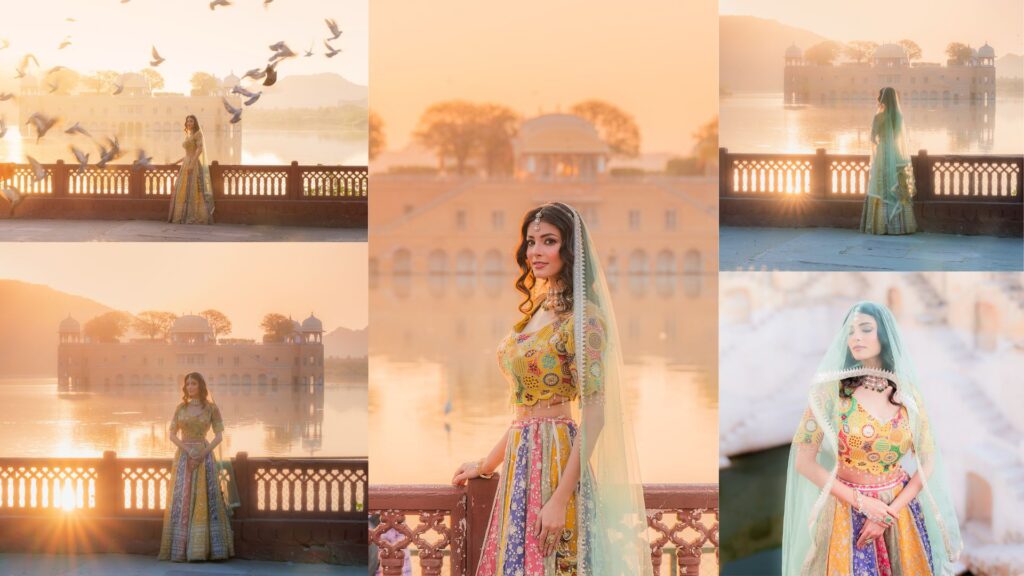
Last year I covered three very different regions:
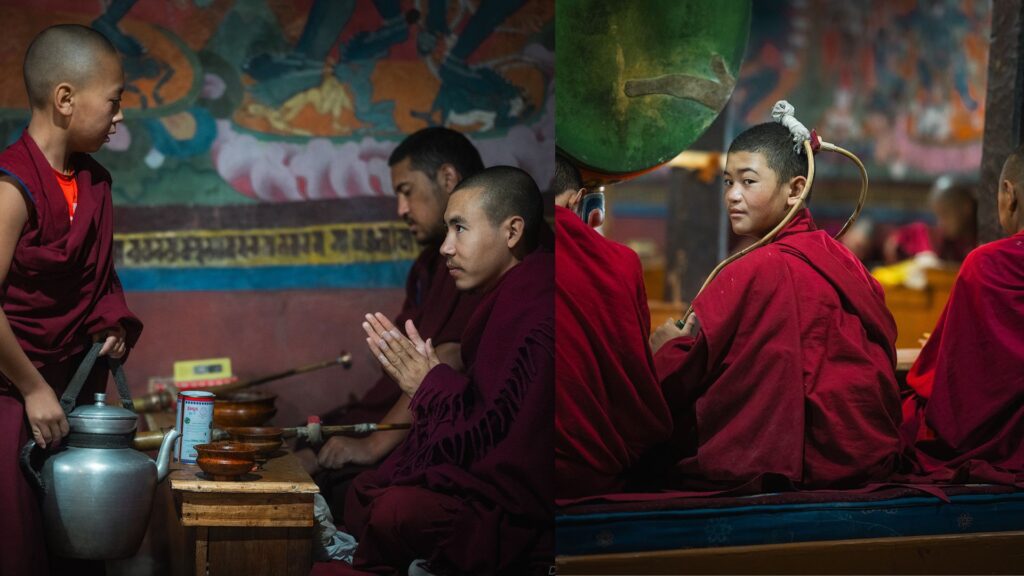
- Ladakh: High altitude drains batteries fast, so I carried extras and the 14–24 mm f/2.8 for sweeping panoramas. The 100–400 mm was my go-to for wildlife. I used a carbon-fiber tripod that doubles as a trekking pole.
- Meghalaya: Beyond waterfalls shot with the 24–70 mm on a tripod for 1–2 s exposures, I focused on the living root bridges—hiking into the jungle with a micro-fiber cloth in hand, silica-gel in pouches, and waterproof boots. The bridges’ intricate patterns demanded the ultra-wide perspective of the 14–24 mm for context and the 24–70 mm for detail.
- Nagaland: I embedded with the headhunters’ Montribe to document their ceremonies. I ran the 24–70 mm and 58 1.4 in low light.

How do you handle travel fatigue or burnout during continuous journeys? By managing intensity and allowing breaks. I don’t overschedule. If I lead a two-week workshop, I’ll build in recovery time after. I also rotate between different types of trips—expeditions, teaching, and personal scouting—to stay creatively fresh. Recovery is part of long-term sustainability. I also limit distractions and multitasking on the road so I can stay focused on one purpose at a time: either creating, teaching, or recovering.
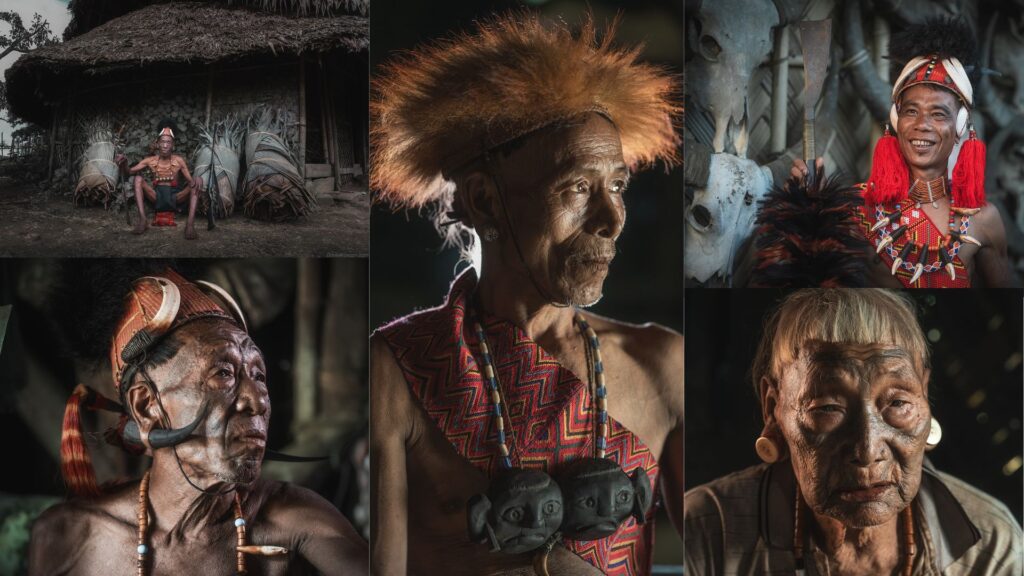
Personal Insights & Philosophy
What does “travel” mean to you personally? Travel is not escapism for me—it’s structure. It’s a tool I use to be in the right place at the right time to create images built around light, form, and emotion. Travel is how I synchronize my creative process with nature’s timing. It’s also a chance to see how landscapes shift, how cultures interact with environment, and how light shapes experience across the globe.
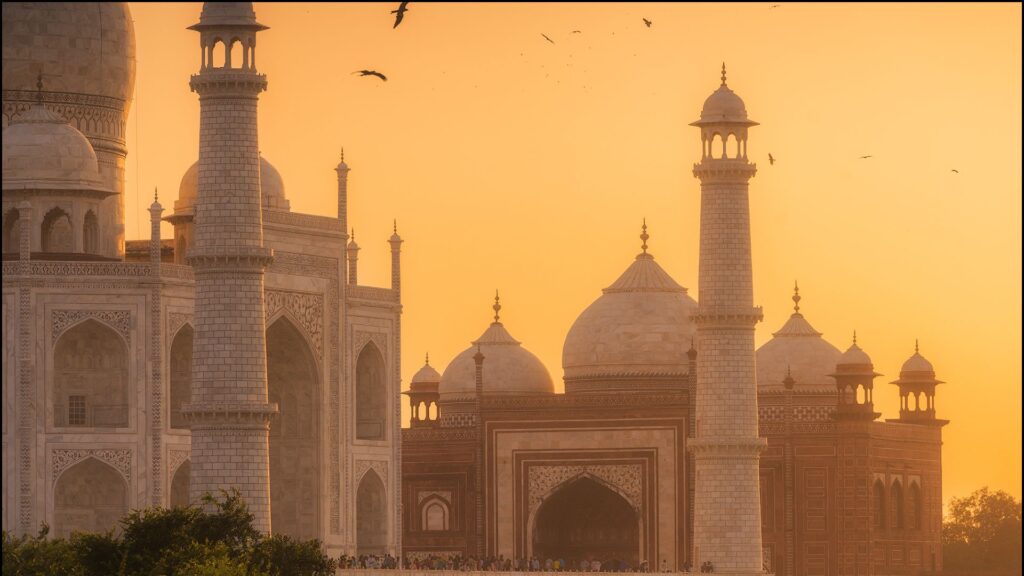
How has traveling changed your perception of life and people? It’s made me more observant and more patient. People and landscapes aren’t separate—they’re connected by geography, culture, and light. The more you travel, the more you understand the need to approach each new place with humility. It also taught me that consistency beats inspiration—you grow by showing up and observing, not by waiting for something extraordinary.
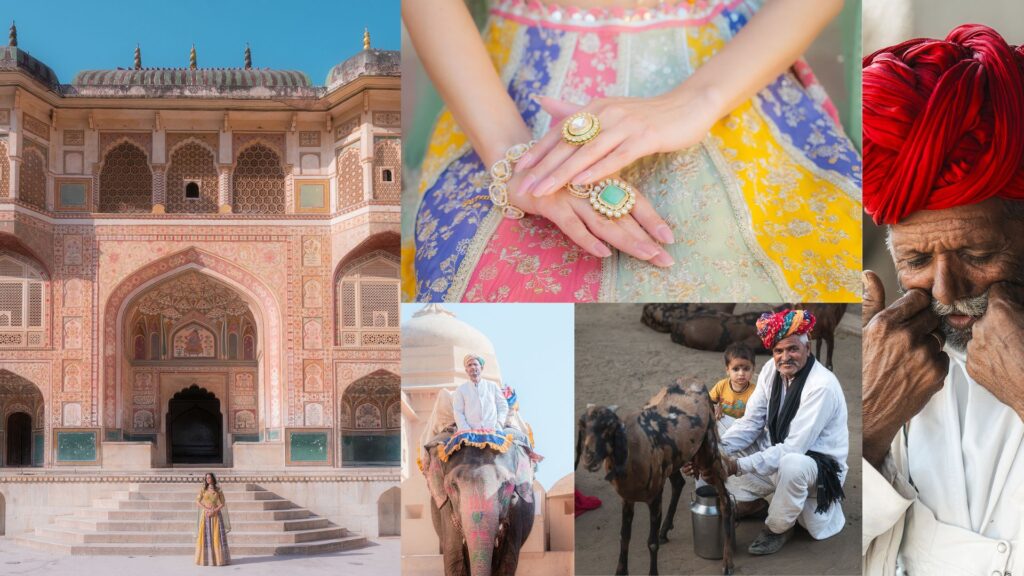
Have you ever felt like giving up? How did you overcome it? Not giving up—but definitely moments of doubt, especially when weather conditions ruin a long-planned shoot or logistics fall apart. The way through is having a solid workflow: if a plan fails, I always have backups, alternatives, and time buffers. I also remind myself that growth doesn’t come from constant success—it comes from refining the process under pressure. I almost died 2 years ago got into tsunami in Indonesia but survived that and recovered from bad injuries.
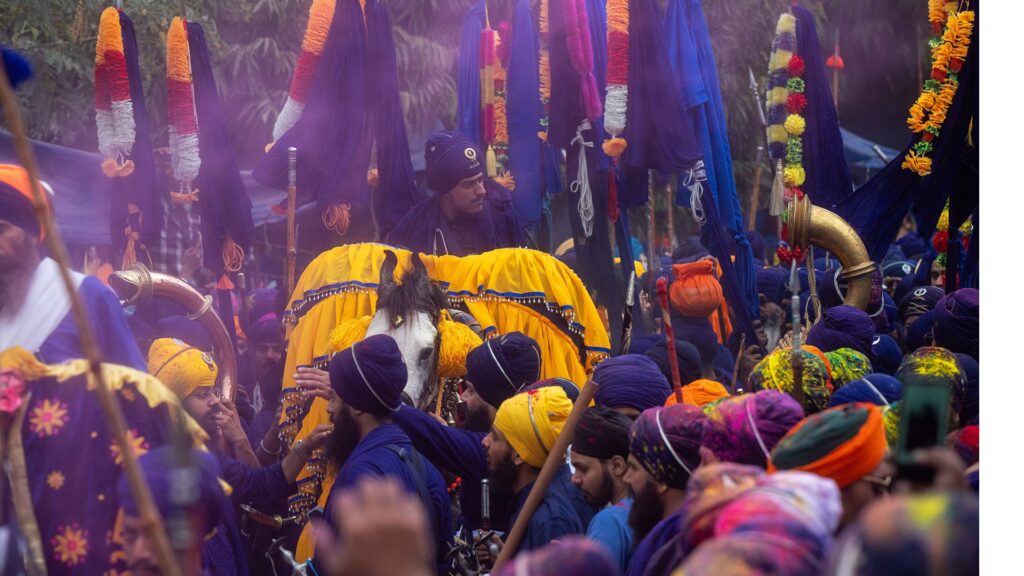
If you have not visited or have visited then please tell us your experience and if you have not visited then you should visit and what do you want to say about it? I’ve visited India and found it creatively overwhelming in the best way. The textures, light, people, and color palette are incredibly photogenic. I would advise anyone photographing there to go beyond the tourist trail and explore slower—find early morning light in smaller towns, or landscapes during off-season. There’s visual poetry in the everyday life in India if you take time to study it.
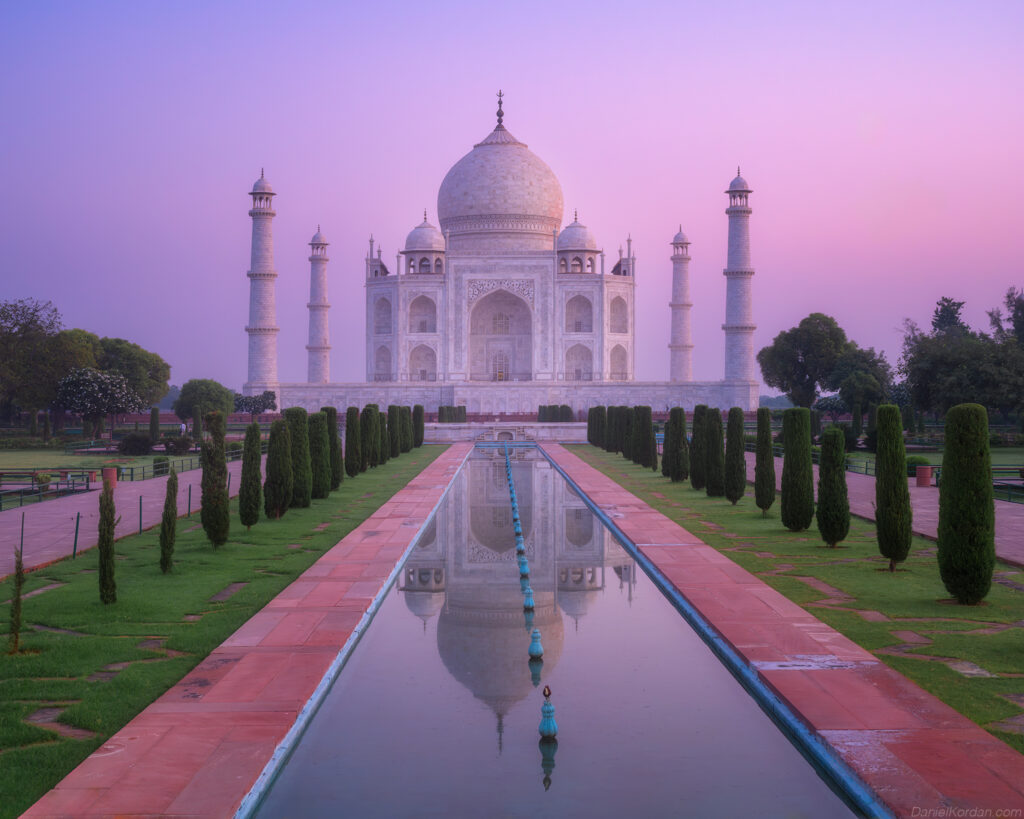
Future Plans & Message to Audience
What are your upcoming travel plans or dream destinations yet to explore? I’m continuing work on my “Two Poles” sailing expedition, which moves from the Arctic (through Greenland, Iceland, and Svalbard) toward Antarctica, documenting environmental transitions and climate impact. I’m also returning to Japan, Namibia, and Patagonia for workshops and personal projects. I’m constantly refining locations I’ve already visited—there’s always something new when light or season changes. I keep exploring Indonesia where I have travel company and give perfect services for my guests.
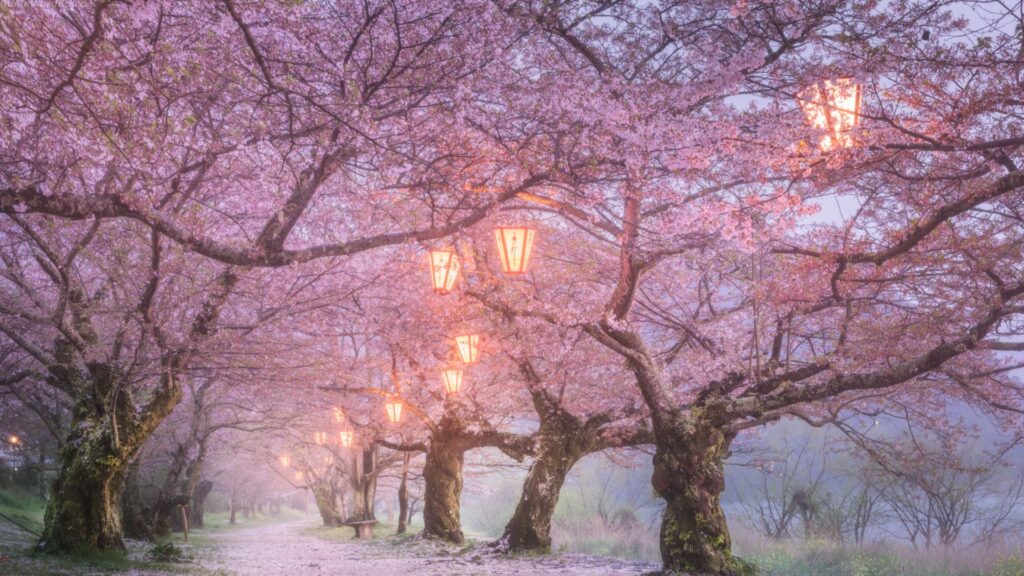
Do you have any plans to publish a book or documentary in the future? Yes, I’m working on a book that’s not just a collection of images, but a guide to seeing and composing landscapes—focused on light, shape, weather, and structure. It’s designed for photographers who want to grow from simply taking pictures to creating meaningful, refined images. I’m also documenting the “Two Poles” project and may release a short-form video series on that journey. I will include stories and tips for travelers too.
What would be your message to aspiring Indian travelers who want to explore the world like you? Your journey doesn’t need to start with flights—it starts right where you are.
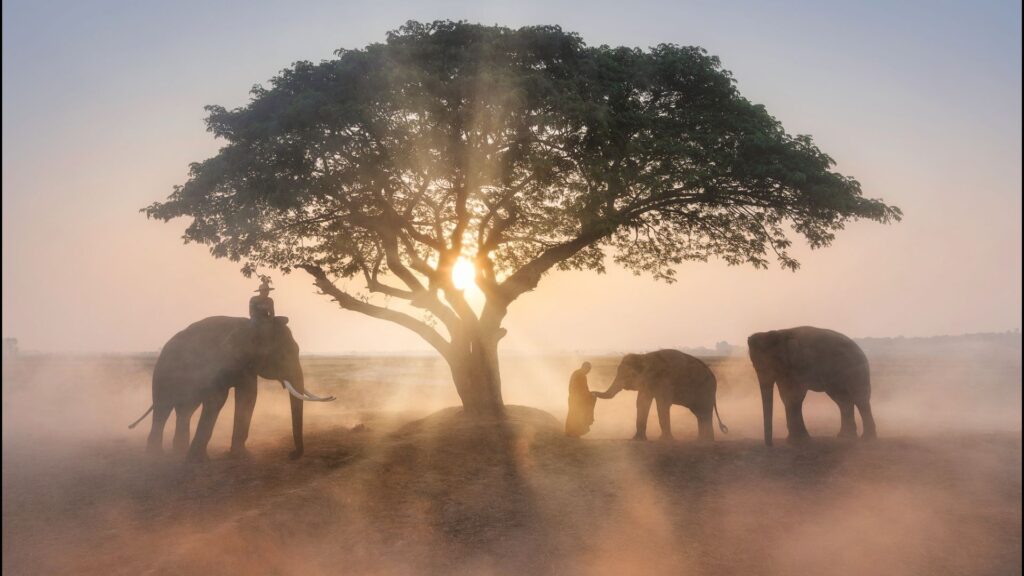
- Explore locally, like a traveler. Treat your hometown, state, or region like a destination. Go to the same place at different times of day. Hike a nearby forest, revisit a lake in monsoon, or shoot a local market in early morning light. You’ll build a stronger eye when you practice close to home. India is so beautiful and diverse!
- Create focused personal projects. Choose one clear topic and go deep: document the life of a local farmer, follow the full cycle of a festival, or track changing weather in a single location over a month. Don’t just take photos—edit, publish, print or post as a series. Aim to finish, not just shoot.
- Shoot behind-the-scenes, not just final shots. Record your setup, show how you approach a scene, how light changes, or even the mistakes. Share your process honestly—people connect more with the effort than the outcome. It helps build trust and encourages others to start.
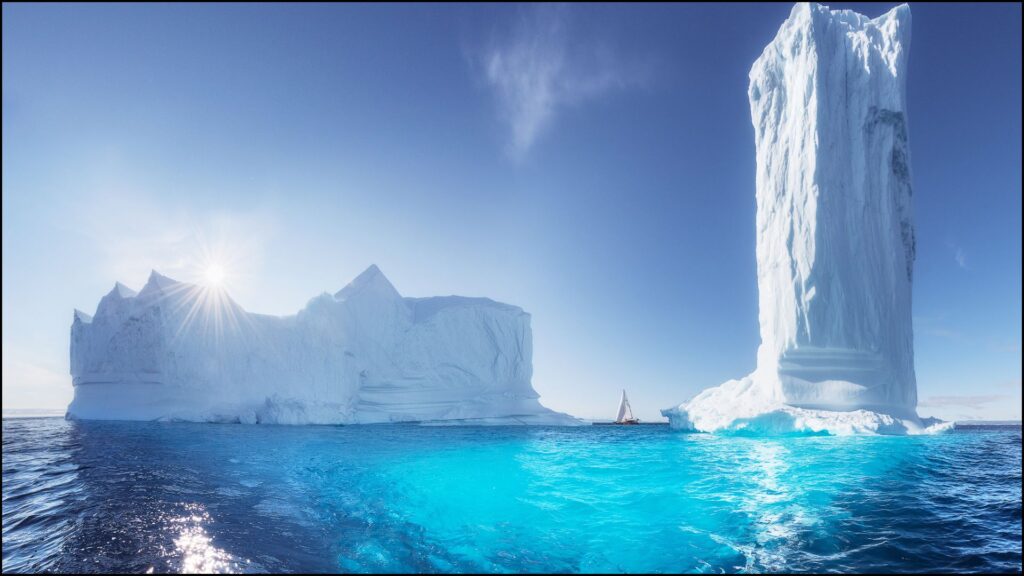
- Get connected with your photo community. Meet other photographers in your city, join local photo walks, host casual edit sessions. Help others on their shoots. Learning happens faster when you share ideas, critique respectfully, and lift each other up. Don’t compete—collaborate.
- Teach what you know. You don’t need to be an expert. Teach basics to school kids, run a phone photography session for beginners, or mentor one person online. Teaching forces you to simplify your approach and builds deeper understanding.
- Travel with kindness and purpose. Always respect local people, culture, and nature. Ask before shooting portraits, support small businesses, leave no trash. Stay humble—even if you’ve come a long way, every place has something to teach you.
- Document consistently. Shoot even when conditions aren’t perfect. Rain, overcast, or midday light still has mood. Keep a visual diary and revisit old places—it teaches patience and observation. Publishing consistently is the key.
- Share real stories, not just aesthetics. Write about what the place felt like, who you met, what you learned—not just what camera settings you used. People connect to story, not specs.
- Make space for rest and reflection. Travel burnout is real. Don’t feel pressure to create every day. Take time to enjoy the place without the camera too—it often leads to better vision later.
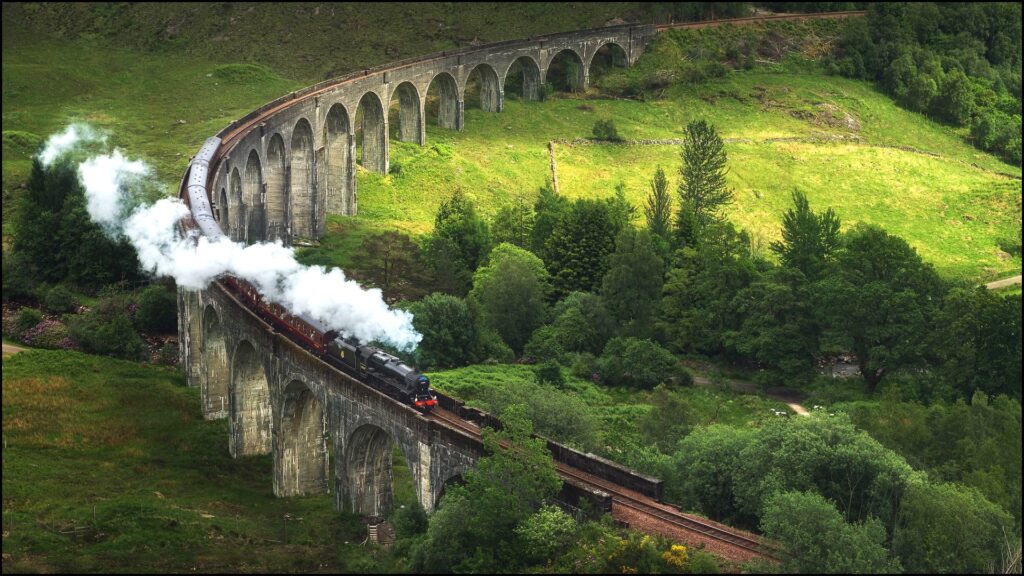
Closing
We extend our sincere gratitude to Daniel Kordan for generously sharing his time, wisdom, and incredible experiences with the Bharat Bhraman Life community. His passion for light, profound respect for nature, and dedication to his craft are truly inspiring. We hope this interview has offered you a deeper appreciation for the art of travel photography and encouraged you to look at your own surroundings with a fresh, more observant eye.
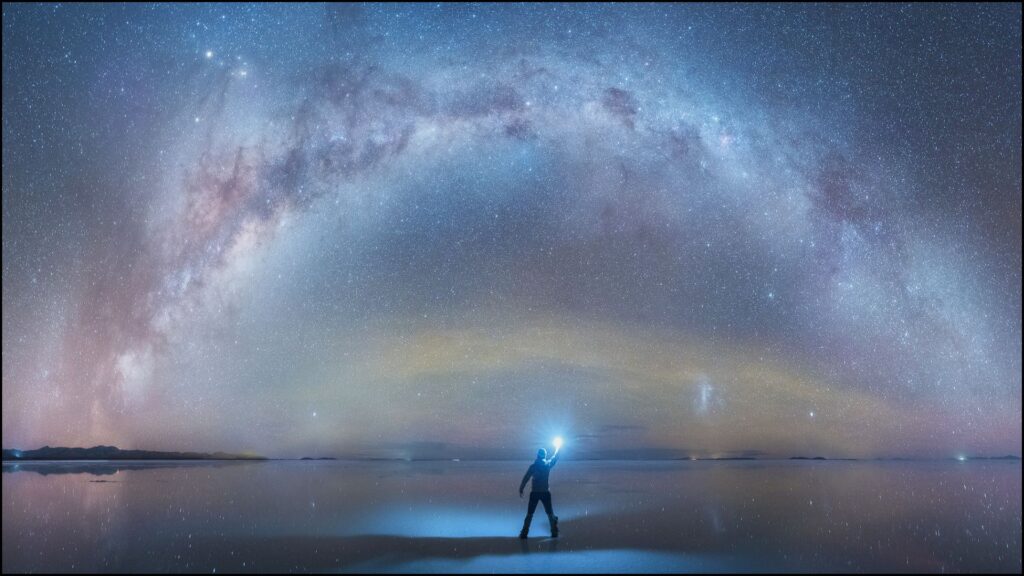
For more of Daniel Kordan’s stunning work and upcoming workshops, be sure to visit his website and follow him on his social media channels. Keep exploring, keep creating, and remember Daniel’s advice: “Your journey doesn’t need to start with flights—it starts right where you are.”
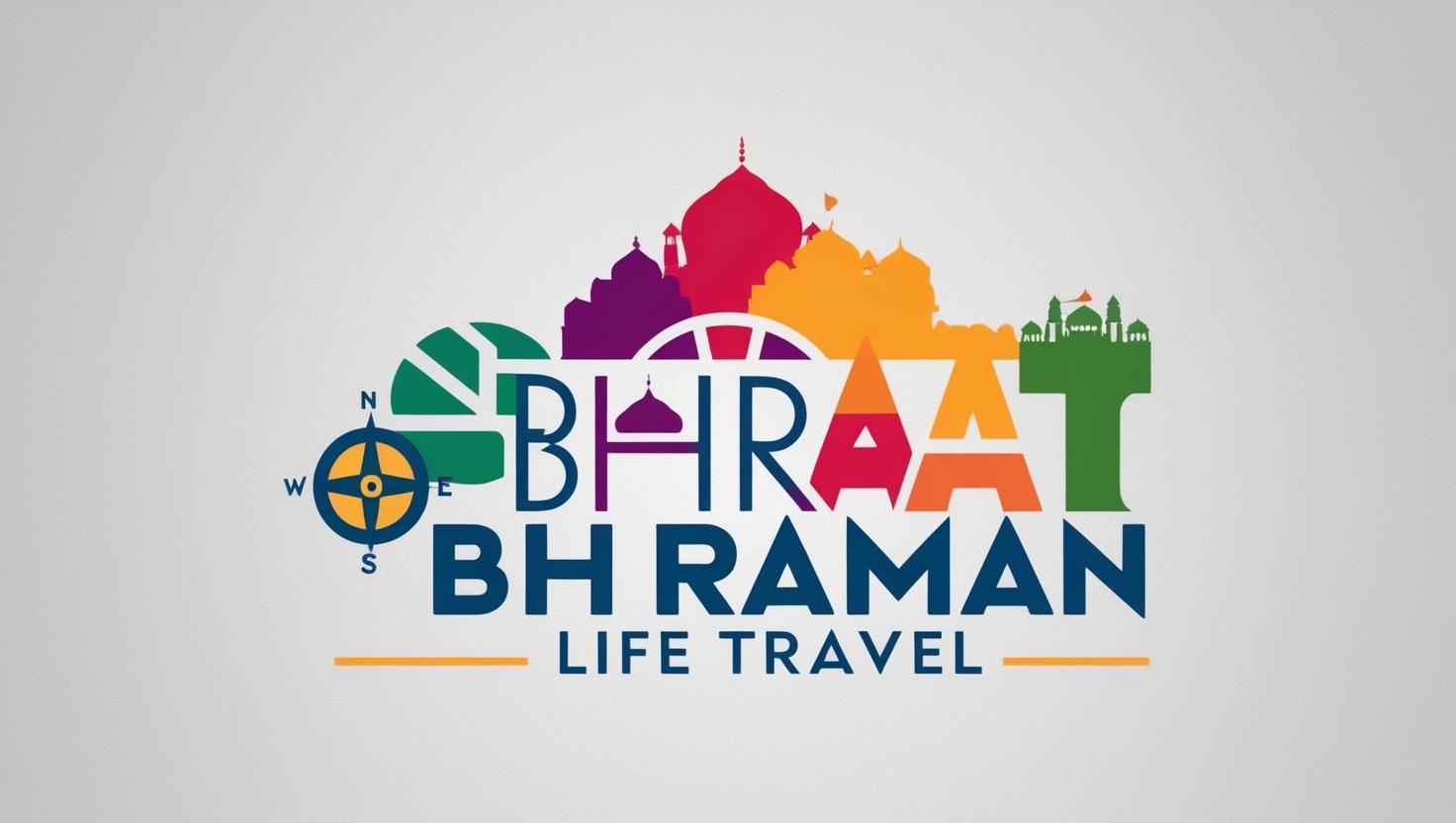
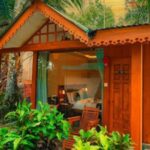
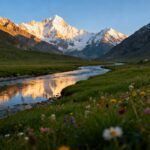
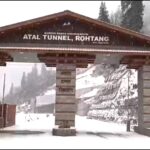
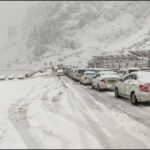
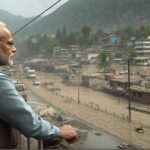
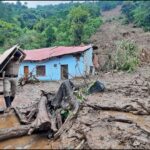
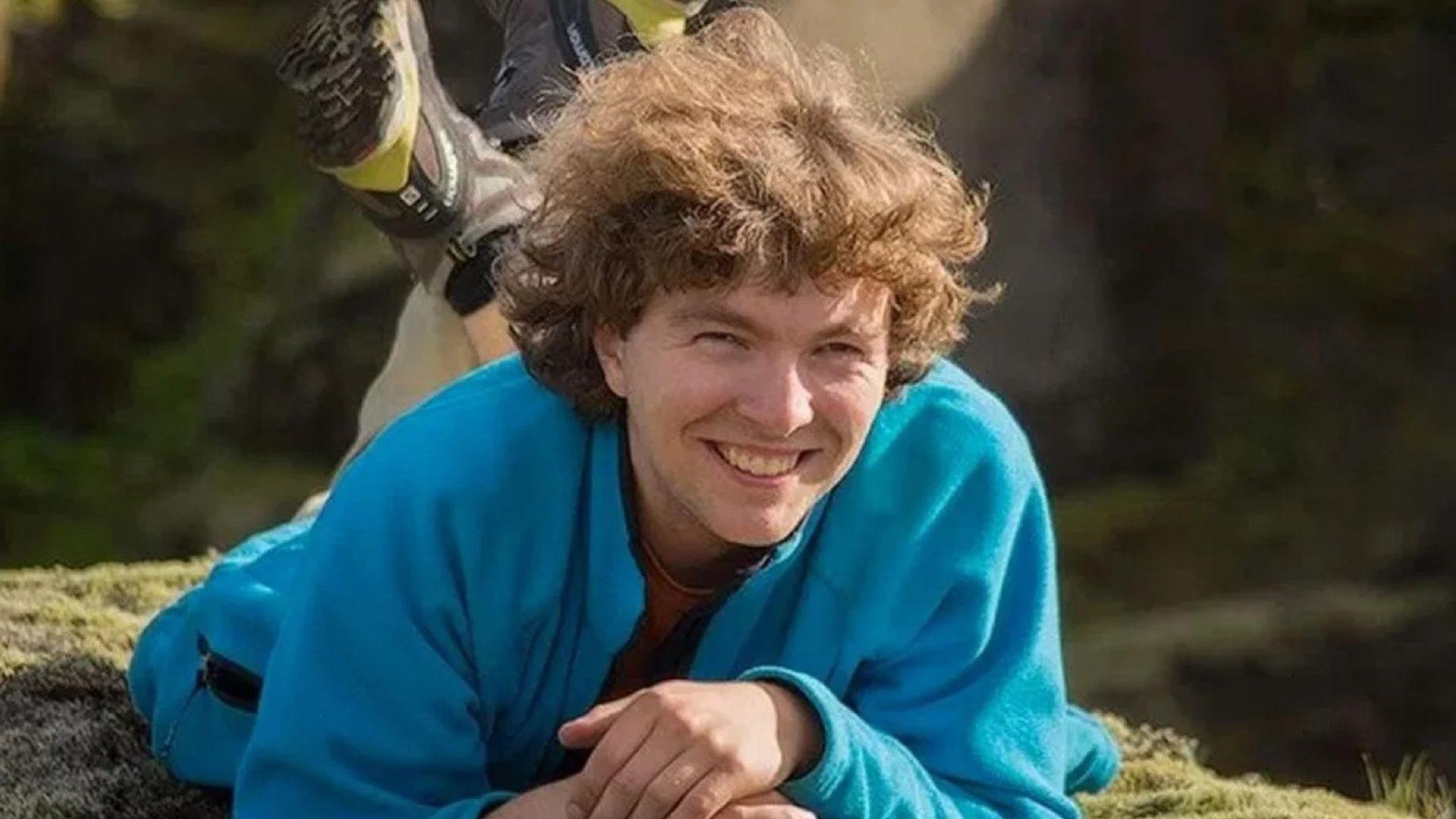
Very nice interview question Saurabh, Keep it up
It is nice content, Full of information, and visuals. Keep it up.